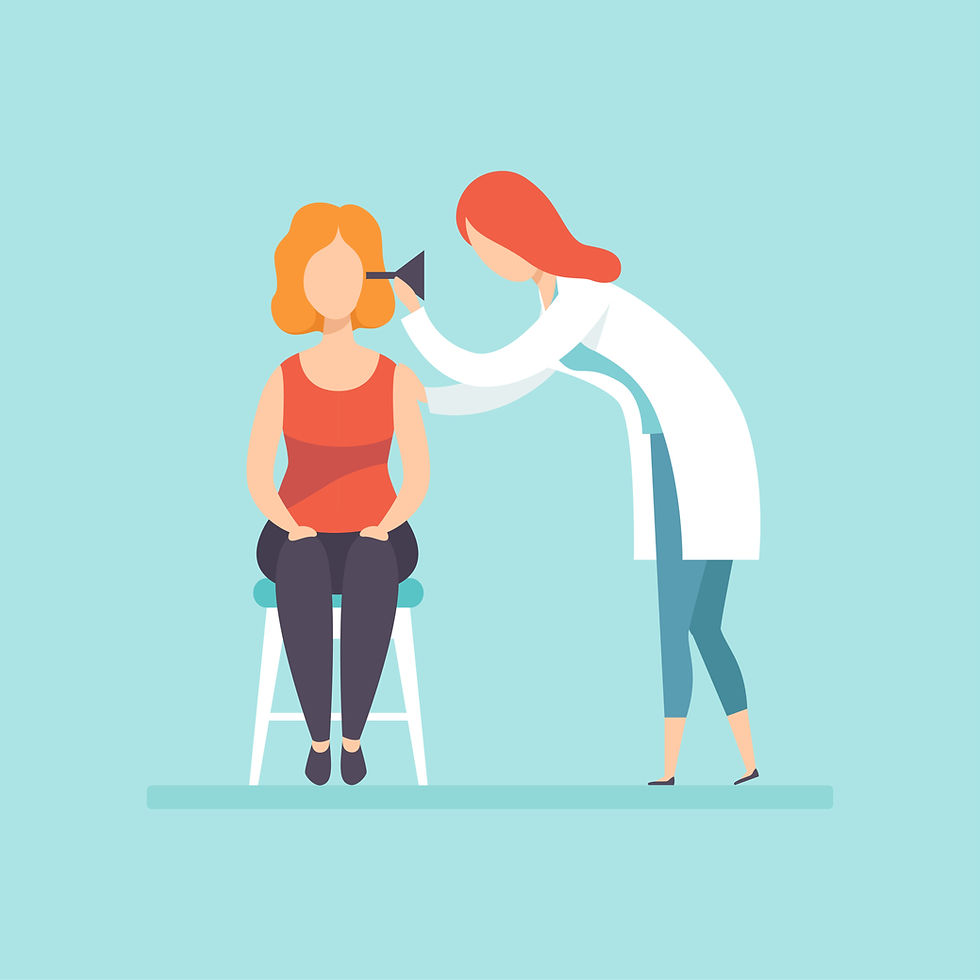First ever 'World Report on Hearing'.
- Catherine Mills
- Apr 27, 2021
- 3 min read
Updated: Nov 14, 2023

World Hearing Day took place on 3rd March 2021. The event saw the launch of the first ever World Report on Hearing. The WHO (World Health Organisation) organise the event each year to raise awareness on how to prevent deafness and hearing loss and promote ear and hearing care across the world. The aim of the day is to provide an opportunity to engage with policy makers and put a spotlight on the report findings and call to action.
The results of the day provide a wealth of statistics that highlight where we are with ear and hearing care but also create a target to increase coverage of ear and hearing care services worldwide.
The report findings tell us that today, 1 in 5 people worldwide live with hearing loss. It is projected that by 2050, there will be 1 in 4 people with problems with their hearing. The findings go on to show that nearly 80% of people with hearing loss live in low-income and middle income countries but that the majority of people with hearing loss do not have access to interventions. It seems incredulous to think that this should be such a high percentage.
The report examines ear and hearing care interventions and shows that these are cost-effective interventions and that an additional annual investment of less than US$ 1.40 per person is all that is needed to provide ear and hearing care services to all. Over a 10 year period, this would promise a return of nearly US$ 16 for every US dollar invested. Conversely, unaddressed hearing loss is expensive to communities worldwide and costs governments US$ 980 billion annually. It is clear that expanding access to ear and hearing care services requires investment.
In addition, public health measures could prevent hearing loss caused by noise and loud sounds, birth complications, middle ear infections, vaccine-preventable diseases such as meningitis and medications that are toxic to the ear. In children alone, it is estimated that 60% of hearing loss can be prevented. Over 1 billion young adults are at risk of permanent, avoidable hearing loss and across life, good ear hygiene would prevent many causes of hearing loss.
At every stage of life, hearing loss can be and should be addressed. Systematic screening can identify hearing loss in newborn babies and infants, pre-school and school-age children, people exposed to noise or chemicals at work, people receiving medicines that are toxic to the ear and also in older adults. There is no reason for anyone to miss with screening services in place.
There are a range of interventions available that are effective and can be provided. These include medicines and surgery, hearing aids and hearing implants, rehabilitative therapy, sign language access, hearing assistive technology and captioning services.

The key recommendations from the report were to ensure universal access to quality ear and hearing care. They are to:
develop evidence-based policies
provide workforce education and training
promote task-sharing across workforce and tele-health services
include hearing technologies as essential assistive products
monitor ear and hearing care indicators through national health information systems
prioritise impact-oriented research
The report, the first of its kind, is a means of creating guidance for member states of the World Health Assembly so that they can integrate ear and hearing care into their national health plans. Governments must act now. By working together, the target to increase coverage of ear and hearing care services by 20% worldwide can be reached.
Infographics: shared from World Health Organisation website.




Comments